Hacking STEM - Bite Size Activities
Introduce your students to basic STEM concepts using these short, hands-on activities. All lessons use everyday materials and take only one class period to complete.
Coil winder (skill)
Winding coil can be time consuming, especially if you need a large number for a classroom. Here are a few methods we found to be efficient, but we encourage you to create your own technique using materials you have on hand, such as a rolled up piece of cardstock or a broom handle.
Activity length: 10 minutes
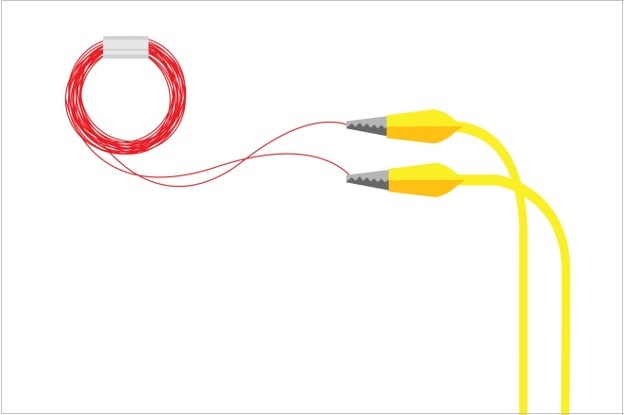
Flashlight (project)
In this activity, students build a flashlight controlled by a switch out of simple, everyday materials like copper tape and paper clips. They learn the basics of electrical engineering to create a successful circuit. They do this by making sure the connections between LEDs, paper clips, switch contacts, and copper tape are strong.
Activity length: 30 minutes

Flex sensor (skill)
You can buy a sensor to make a robot, but store-bought sensors get expensive quickly. Especially when you need several for a classroom. In this activity, by using everyday materials like copper tape and cardboard, your students can build a sensor for only one dollar.
Activity length: 30 minutes
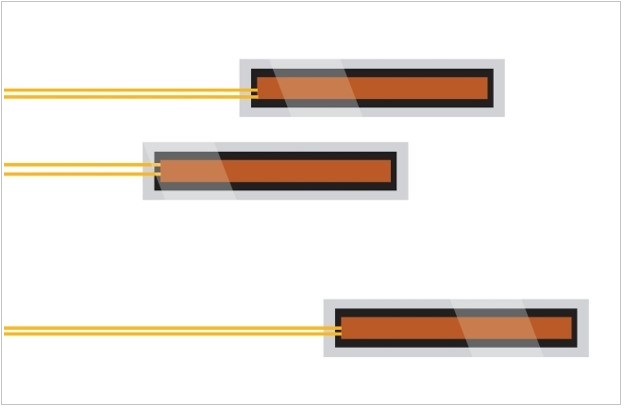
Homopolar motor (project)
Students create a motorized propeller using just a battery, a screw, a magnet, and a wire. Then, they explore how changing the propeller shape affects the overall movement of the propeller.
Activity length: 30 minutes
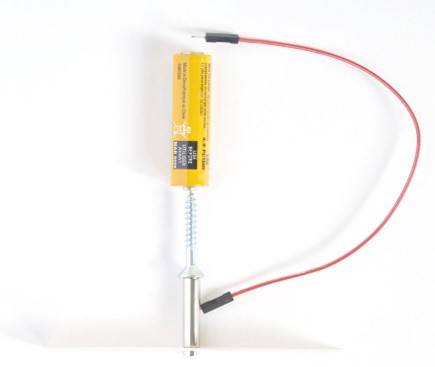
Lemon battery (project)
In this lesson students take on the roles of electrical engineers, chemical engineers, battery scientists, and mechanical engineers. They work together collaboratively to build a battery from a lemon, alligator clip wires, and an LED. Once the battery is completed, they use the steps of an engineering design process to design and construct a switch for their battery system.
Activity length: 45 minutes
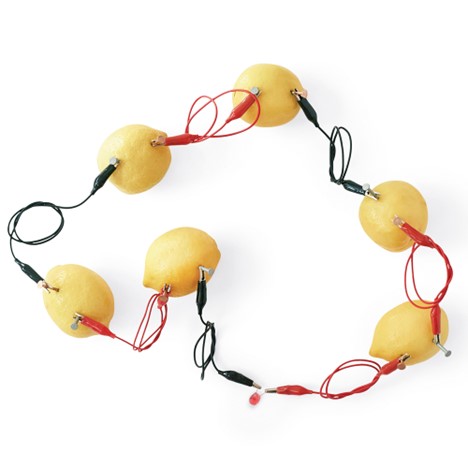
Light quilt (project)
Let your students’ creativity shine! Combine electrical engineering skills with artistic skills to design a light-up felt quilt in a pattern of their choice.
Activity length: 30 minutes
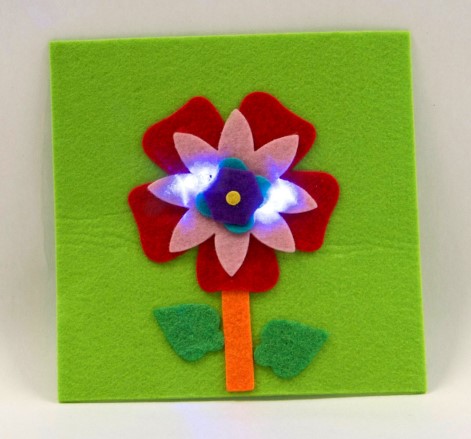
Solar house (project)
In this activity, students explore how solar panels work. They practice mechanical engineering skills to construct a mini-house. This house is made out of paper and secure a solar panel to the roof so that the house can generate its own power.
Activity length: 45 minutes
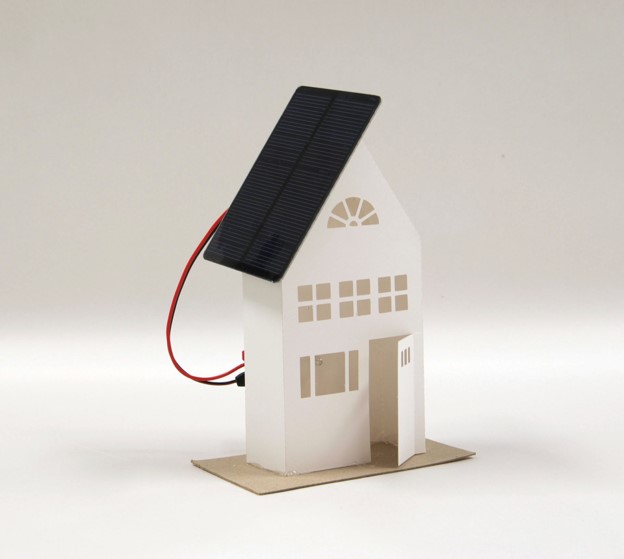
Wave machine (project)
Students work together to build a wave machine. Then they watch as force transfers through wooden skewers from one end of the machine to the other.
Activity length: 30 minutes
